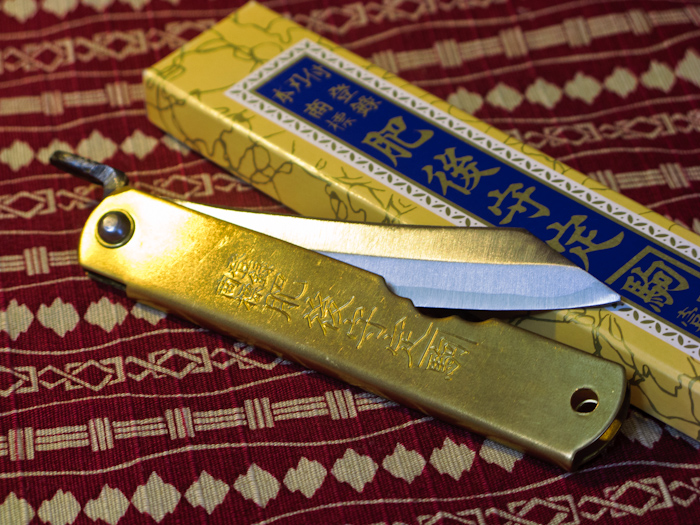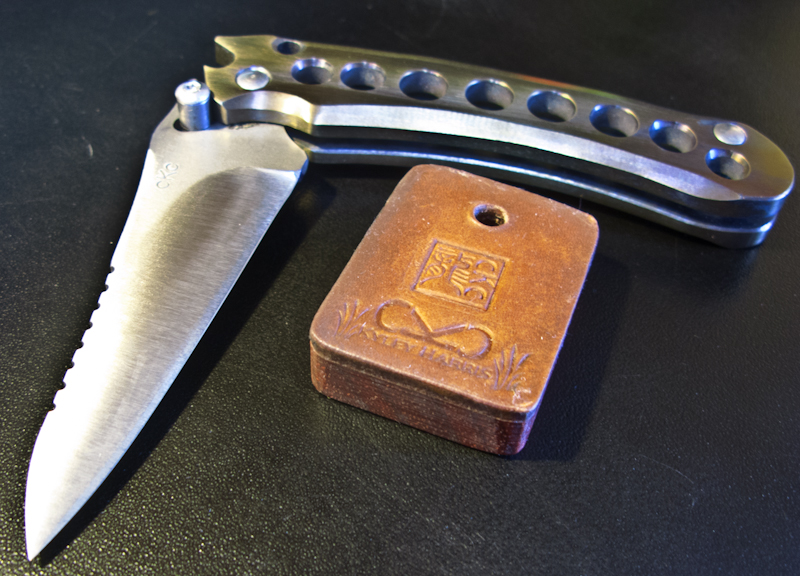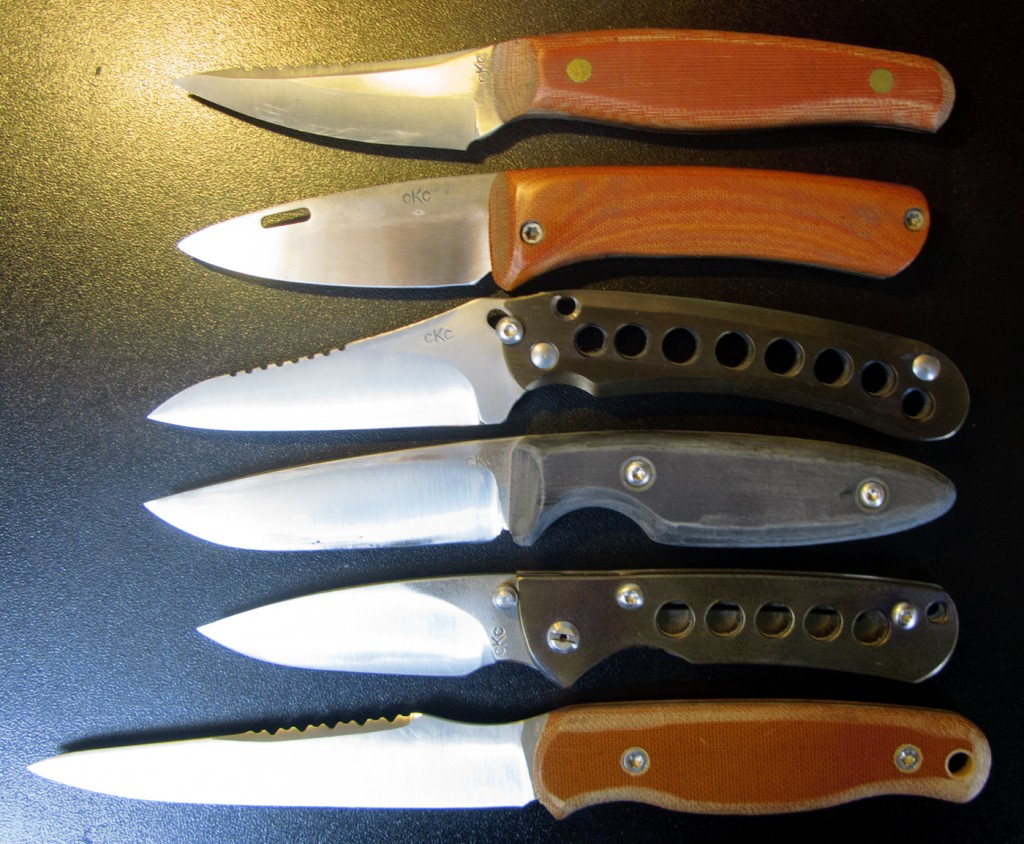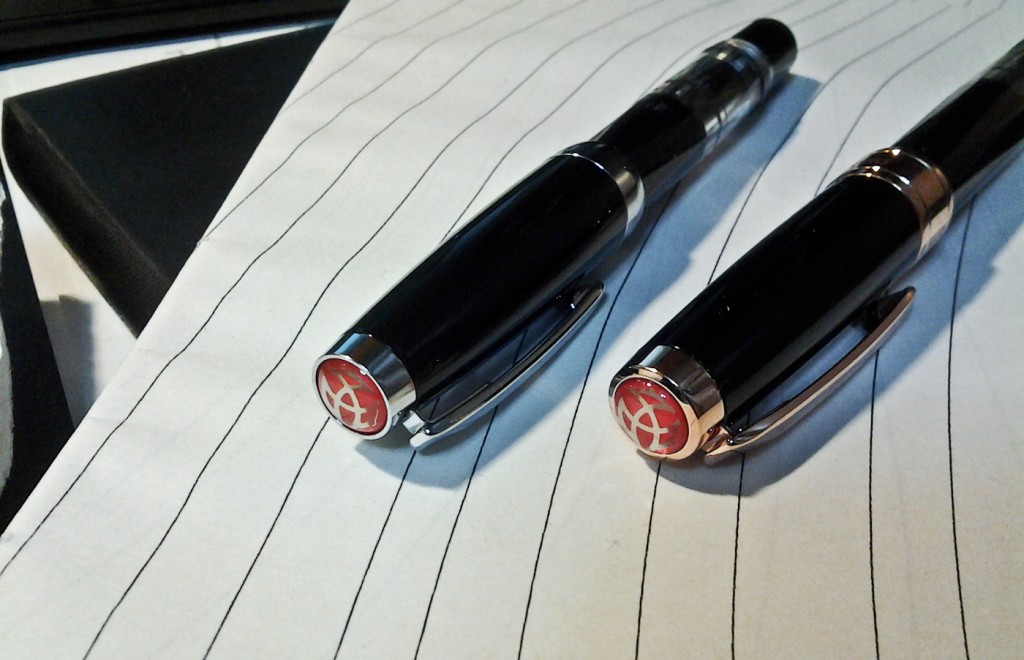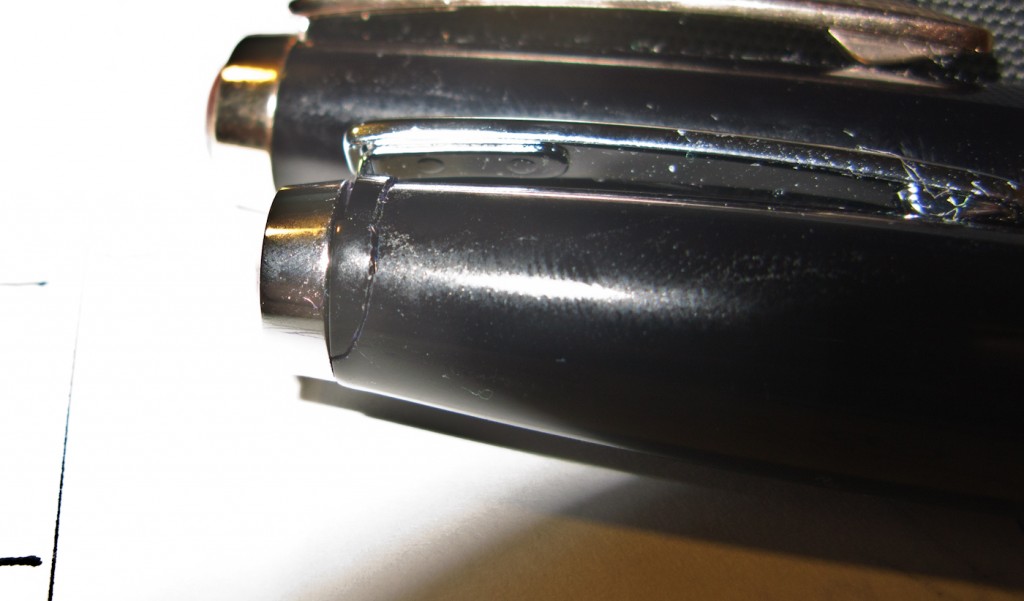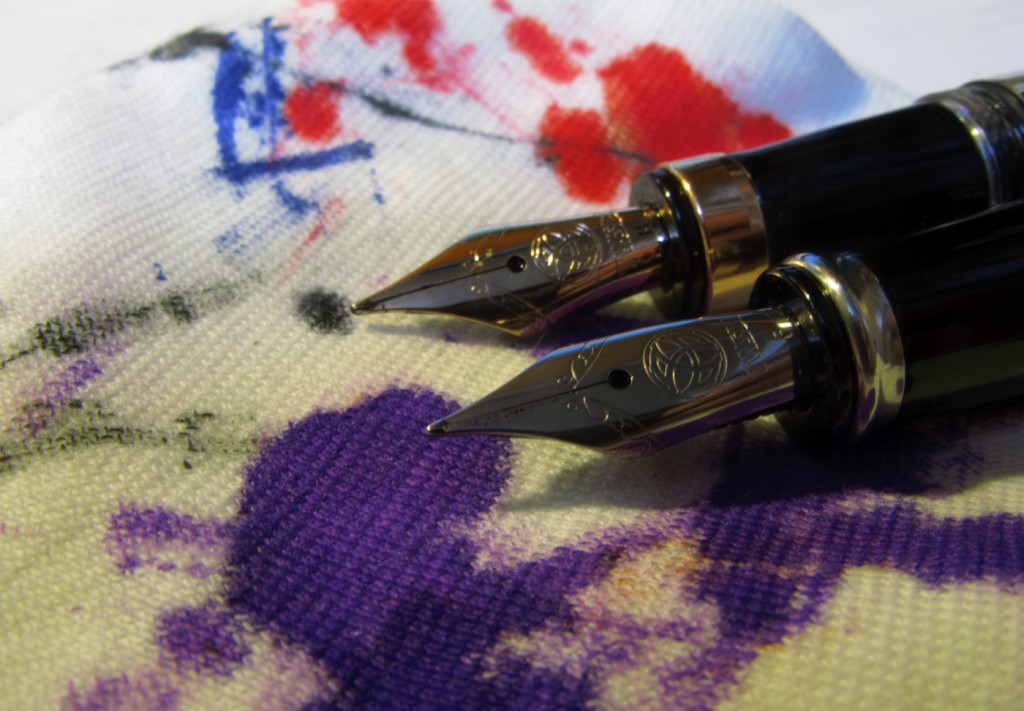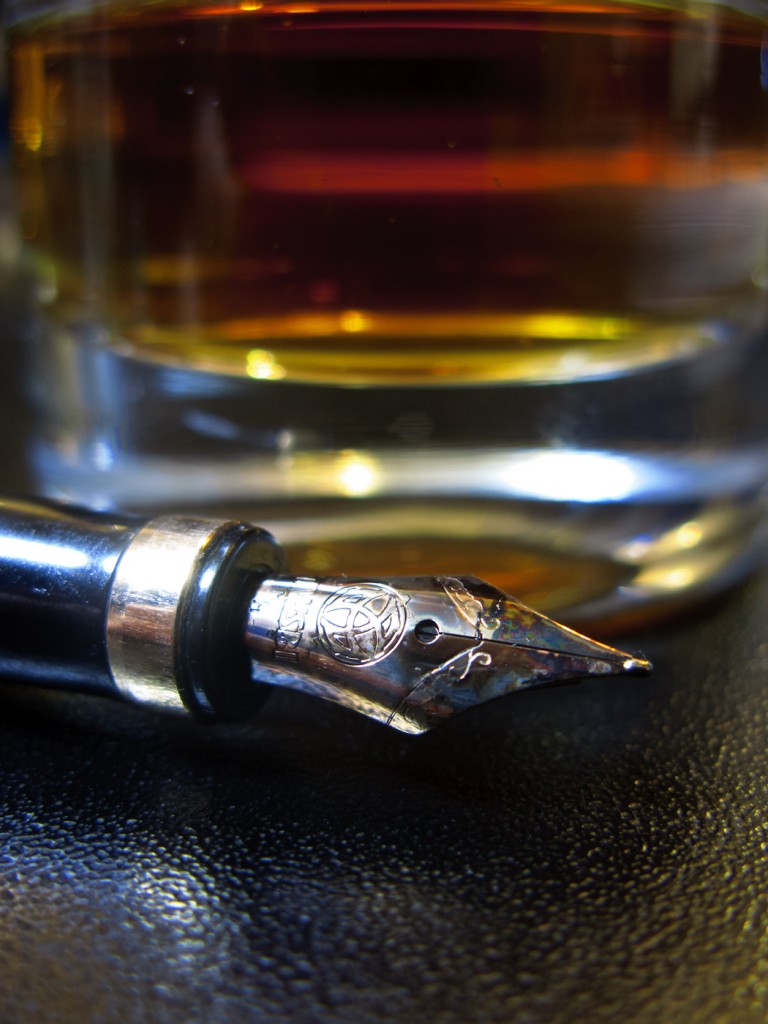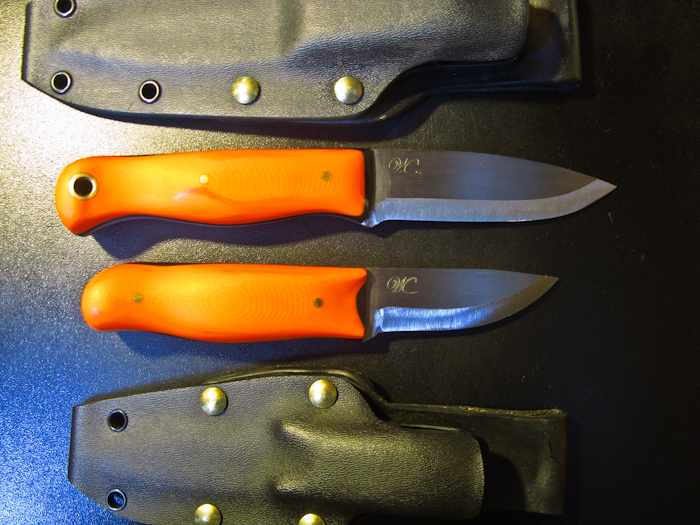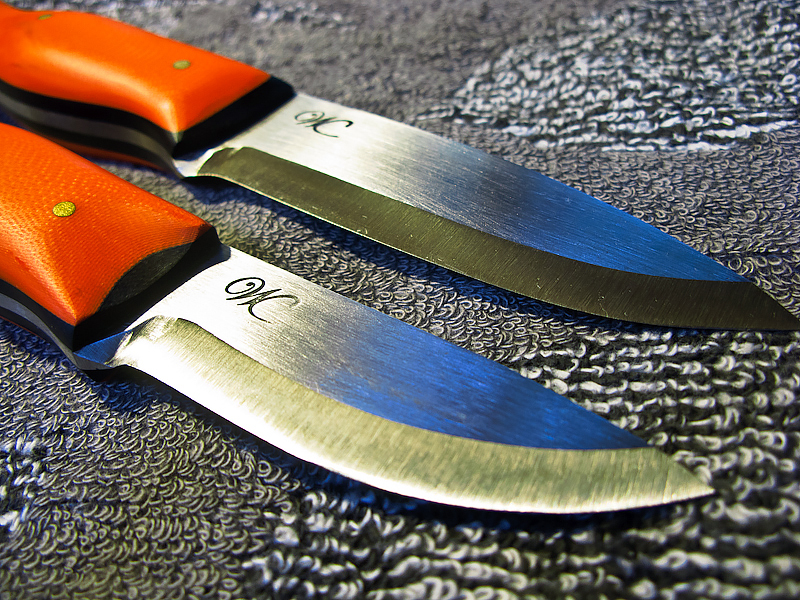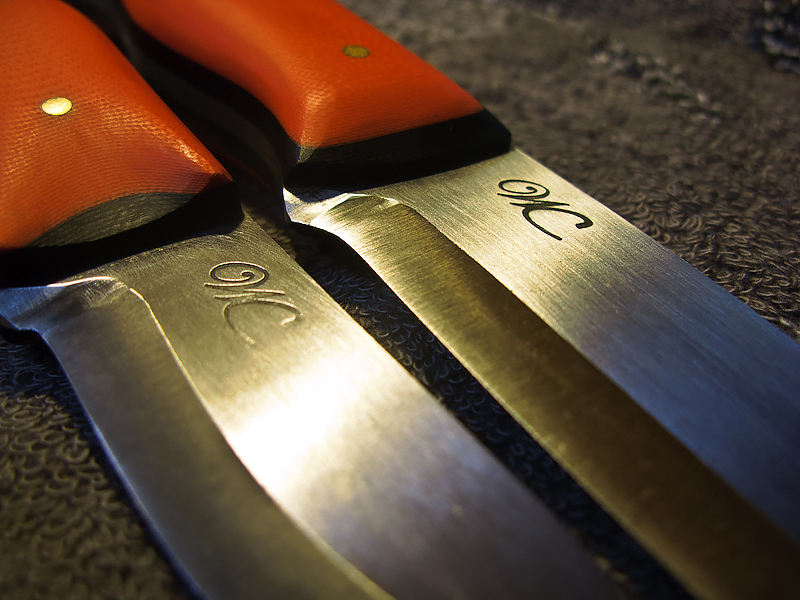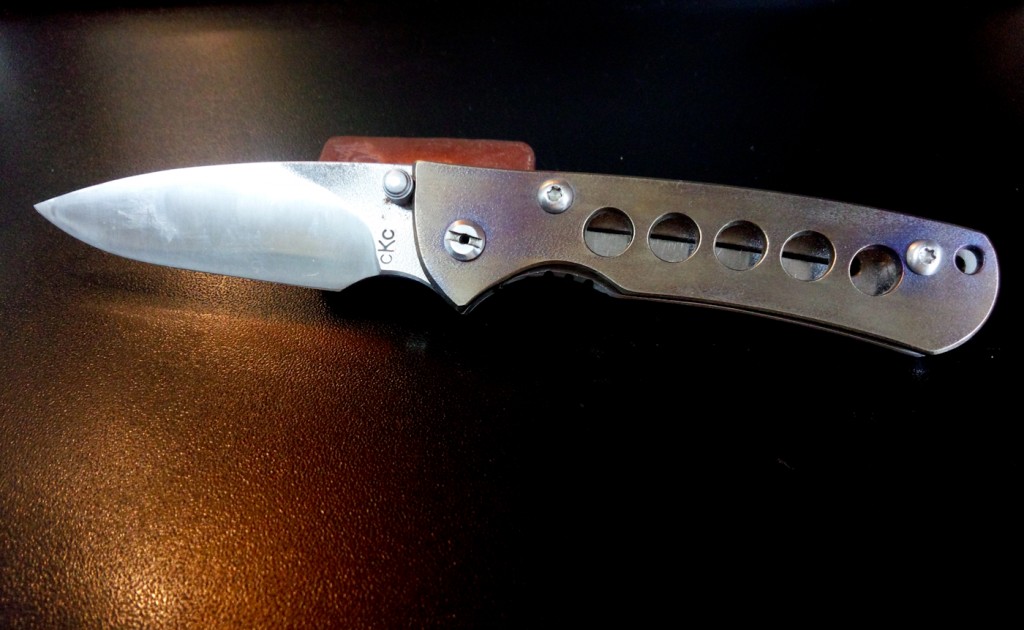When I was growing up in Colorado, one of our favorite places to hang out, despite us not having much money, was a mall. Now that I’m older, malls are great places to distract the girls and pretend we actually did something when we didn’t.
Because it’s Golden Week and because She Who Must Be Obeyed worked Monday and Tuesday and because our oldest had club, we didn’t get a chance to go out until today. (I was babysitting our youngest/writing/playing World of Tanks.) Unfortunately, our oldest had her own plans to spend money so we sent her to the big city by herself whilst the rest of us went to the mall. More specifically, we went to a new mall called LaLaPort Fujimi, built just a short drive/train ride away.
The only problem with this was, because it’s Golden Week and because the mall is new, about 12 billion people (plus or minus a few hundred thousand) were going to be there. The mall actually has “heavy traffic expected” warnings on its website and the signs were not good.
We decided to take the train and then take a bus but as soon as we got to our station, there were people standing around and signs saying “Hell if we know when the next train leaves” at the front of the station after an apparent suicide somewhere down the tracks. Luckily we only had to wait 20 minutes and also luckily, the trains weren’t that crowded.
After we got to Tsuruse Station, it was such a nice day we decided to walk the 20 minutes to the mall. After we got there, there then ensued the “where should we eat/hell if I know because I’ve never been here before” discussion that usually occurs around lunch time when we’re out. (We ended up at J.S. Pancake Cafe, which turned out to be an excellent choice.)
Oddly, we ended up not buying anything other than lunch and a few things our youngest paid for with her allowance. She had fun but She Who Must Be Obeyed and I were underwhelmed. The LaLaPorts are a chain of malls around the Tokyo metro area and all the ones I’ve been to suffer from a certain sameness. They all have circular layouts designed to improve traffic flow and they all are well arranged through a complex scientific process involving a committee. (Not a joke, the committee was featured on local news/native advertising last week.)
The also have all the same stores.
We don’t have plans to go back, although it’s not that far away, even if we walk. There’s just nothing special about it.
Note: Fans of “How I Met Your Mother” will recognize the title of this post as a lyric from Canadian pop-tart Robin Sparkles epic “Let’s Go to the Mall” (Which manages to make fun of both Tiffany and Debbie Gibson.)

